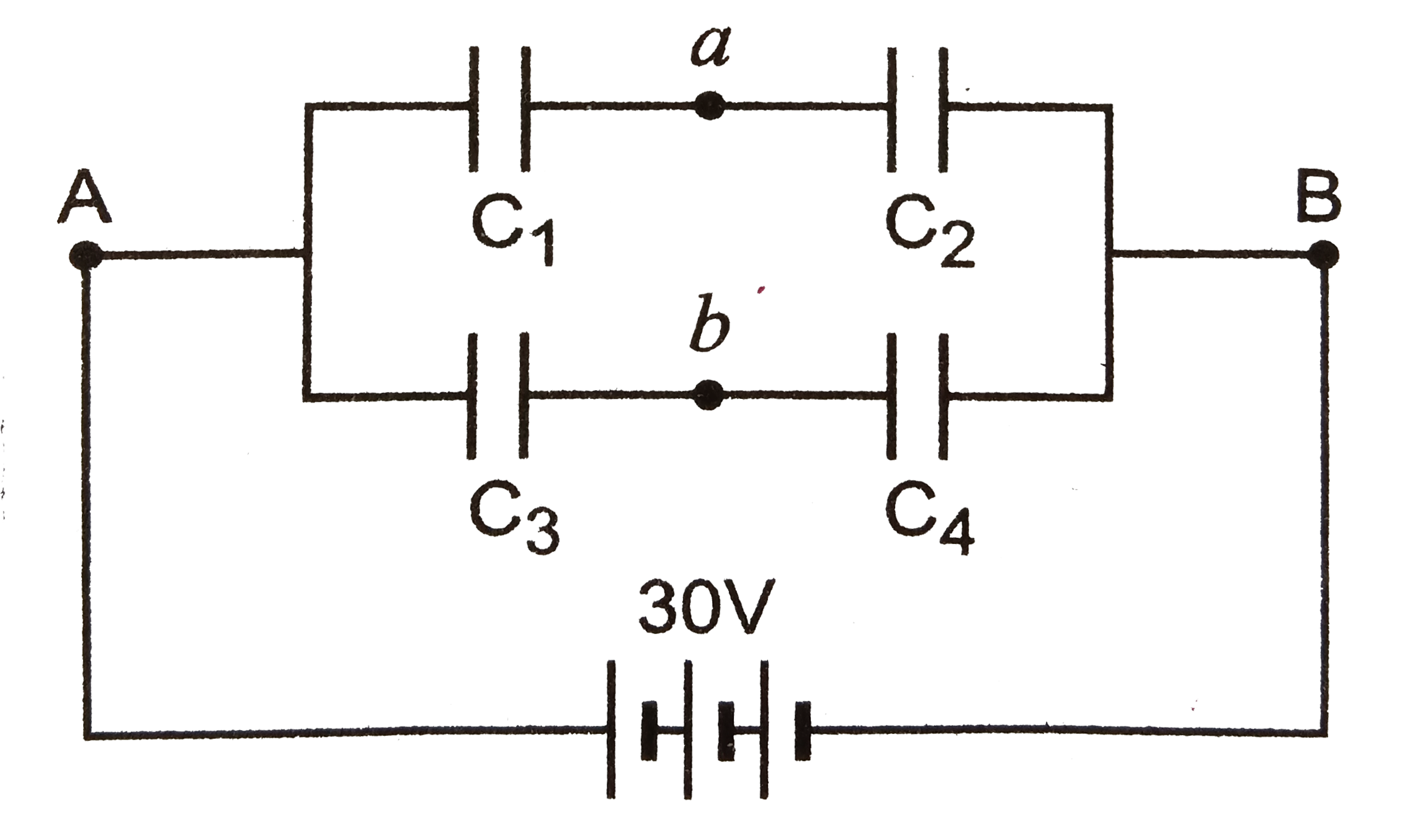A
B
C
D
Text Solution
Verified by Experts
The correct Answer is:
|
Topper's Solved these Questions
ELECTROSTATICS
PRADEEP|Exercise FILL IN THE BLANKS|8 VideosView PlaylistELECTROSTATICS
PRADEEP|Exercise PROBLEMS FOR PRACTICE|8 VideosView PlaylistELECTROSTATICS
PRADEEP|Exercise VALUE BASED QUESTIONS|7 VideosView PlaylistELECTRONIC DEVICES
PRADEEP|Exercise Fill in the Blanks|1 VideosView PlaylistMAGNETIC EFFECT OF CURRENT AND MAGNETISM
PRADEEP|Exercise Competition Focus (Multiple Choice Questions)|2 VideosView Playlist
Similar Questions
Explore conceptually related problems
Knowledge Check
Similar Questions
Explore conceptually related problems
PRADEEP-ELECTROSTATICS-Exercise
- The metal plate on the left in Fig, carries a charge +q. The metal pla...
02:50
|
Play - Four equal capacitors, each of capacity C, are arranged as shown. The ...
02:02
|
Play - Four capacitors with capacitances C(1) = 1 muF, C(2) = 1.5 muF, C(3) =...
04:18
|
Playing Now - An infinite number of identical capacitors each of capacitance 1 muF ...
03:09
|
Play - In Fig, E =5 volt , r = 1 Omega, R(2) = 4 Omega, R(1) = R(3) = 1 Omeg...
02:40
|
Play - The plates of a parallel plate capacitor with air as medium are separa...
05:29
|
Play - Two identical parallel plate capacitors are connected in parallel to ...
01:36
|
Play - Two condensers of capacity C(1) and C(2), are connected in series to a...
01:27
|
Play - Four identical capacitors are connected as shown in diagram. When a ba...
04:05
|
Play - A parallel plate capacitor with air between the plates has capacitance...
05:27
|
Play - A condenser of capacity C is charged to a potential difference of V(1...
04:33
|
Play - A series combination of n(1) capacitors, each of value C(1), is charge...
03:29
|
Play - A 2muF capacitor is charged as shown in the figure. The percentage of ...
02:45
|
Play - A resistor 'R' and 2(mu)F capacitor in series is connected through a s...
05:30
|
Play - In the given circuit, a charge of +80muC is given to the upper plate o...
04:01
|
Play - Two capacitors C1 and C2 are charged to 120V and 200V respectively. It...
01:26
|
Play - A few electric field lines for a system of two charges Q1 and Q2 fixed...
02:44
|
Play - Three charged particles are collinear and are in equilibrium, then
03:32
|
Play - A spherical metal shell A of radius RA and a solid metal sphere B of r...
08:19
|
Play - A proton and an electron are placed in a uniform electric field.
03:06
|
Play
